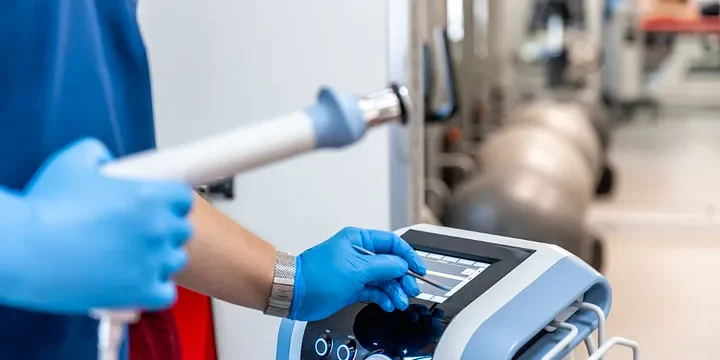A Clinical Evaluation Report becomes an essential document in terms of safety and performance of the device to prove that a device is safe and performs as intended. These are the key components of a successful CER within the framework of MDR 2017/745.
Scope and Objectives
The first and foremost stage in the preparation of the Clinical evaluation report includes and emphasizes the clear definition of its respective scope and objectives. Aspects of this include defining the description of the device, of its intended purpose.
This must include risk classification of the device and any regulatory approvals the device has obtained under MDR 2017/745. It should serve to define articulation between the rationale and aims of clinical evaluation.
Device Description
A thorough description of the device is essential. This should provide information on its design, mechanism of action, and intended use.
Device descriptions should also identify the salient functions that differentiate it from existing products. A comprehensive understanding of the device helps in evaluating clinical performance and safety.
State of the Art
It is called the “state of the art” requirement to compare the device against what is currently regarded as the most appropriate practice in medicine. This involves describing relevant current standards, clinical guidelines, and medical practices concerning the device’s intended use. Thus, a standard against which the device performance will be measured is established.
Clinical Data Sources
A strong clinical evaluation report (CER) should incorporate pertinent clinical data from diverse sources: clinical investigation, literature reviews, and post-market clinical follow-up (PMCF).
Appraisal for relevance, quality, and clinical importance should be adopted for all sources of clinical evidence. This appraisal step guarantees that only high-quality data will support conclusions in the CER.
Clinical Evaluation Plan (CEP)
Clinical Evaluation Plan sets the procedural records for every clinical evaluation. It defines the intended use of the device, its applicable clinical data, and techniques of evaluating and analysing the data. The CEP provides a systematic approach through which clinical evaluation is transparent and reproducible.
Identification and Critical Appraisal of Clinical Data
At the heart of the CER is the identification, the collection, and the critical appraisal of relevant clinical data. This data can include pre-market clinical trials, PMCF studies, or published literature. The CER would have to assess the relevance and quality of the data by whether it supports the intended claims of the device.
The appraisal process itself involves the evaluation of clinical study design, methodology, and outcomes. The data are to be evaluated for validity, reliability, and applicability to the target patient population. The CER must also consider gaps in clinical evidence and possible ways to bridge these gaps.
Risk-Benefit Analysis
The clinical evaluation report should consider the degree of adverse events, complications, and safety hazards linked with the device and compare these with anticipated clinical benefits. It is crucial to integrate data collected throughout the device lifecycle through post-market surveillance.
It is important to incorporate data collected during the lifecycle of the device via Post-Market Surveillance (PMS). As part of PMS, data is used for the continual evaluation of the performance and safety of the device.
It comprises reports from users, information on adverse events, and any newly available clinical evidence. The CER remains up to date by periodically updating it with PMS data.
Post-Market Surveillance and Clinical Follow-Up
The MDR 2017/745 gave specific emphasis on Post market surveillance and post-market clinical follow-up as continuous monitoring safety and performance of medical devices.
The CER has to describe the post-market surveillance system and clinical follow-up activities to collect further evidence after the placing of the medical device. This should include plans for real-world clinical data collection and analysis, e.g. adverse event reporting, registries, and patient monitoring.
Conclusion
A Clinical Evaluation Report (CER) is crucial for manufacturers to ensure the safety and performance of their devices. Key components of a successful CER include defining the scope and objectives, giving a detailed description of the device, comparing it with current standards and providing all relevant clinical data from various sources.
The Clinical Evaluation Plan (CEP) is the set of procedural records set for every evaluation in order to make evaluation processes transparent and reproducible. Moreover, the knowledge of clinical areas, regulatory requirements, and clinical evaluation methods is crucial when it comes to expertise.
Post-Market Surveillance (PMS) for patient safety is important for feedback in the proper and ongoing solicitation of performance and safety data. It ensures that the CER is updated, frequently available, and accurate for all relevant stakeholders.
AUTHOR: Dr Minu Lazar, BDS (Junior Consultant CER)
REFERENCE
- MEDDEV 2.7/7 revision 4, clinical evaluation: a guide for manufactures and notified bodies under directives 93/42/EEC and 90/385/EE
- MDCG 2020–5 Clinical Evaluation — Equivalence
- European Commission. (2017). Medical Device Regulation (MDR) 2017/745.



